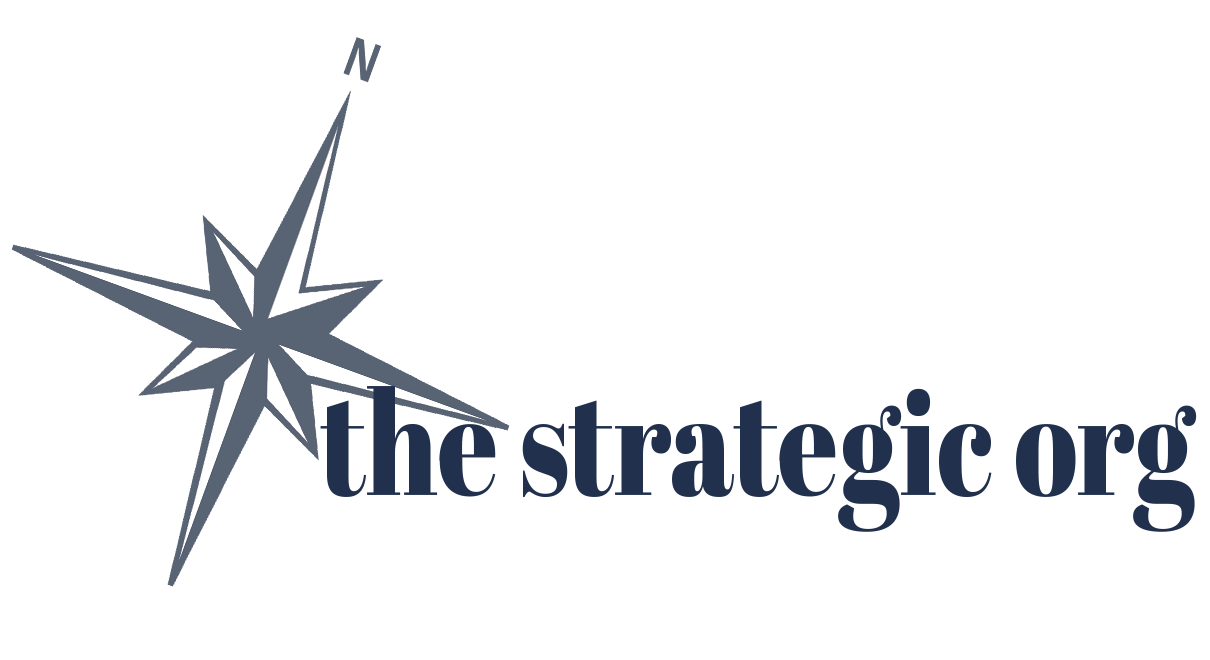Check our growing Knowledge Base
Considering Salesforce for Nonprofits
A joke in the nonprofit Salesforce community goes like this — Salesforce gives every nonprofit a 747! But you need to build your own flight crew. Your own ground crew. Your team of mechanics and caterers and ticket agents…
Make no mistake — Salesforce’s gift of 10 Enterprise-level licenses to any qualified nonprofit is huge. The opportunity for a nonprofit to build and house their data on the world’s leading cloud-based database system can change an organization’s future! But effectively implementing Salesforce demands expertise, time, and a lot of thought and input. Ideally, input from every level and role of the organization that will use Salesforce.
Originally built as a database for commercial salespeople, Salesforce has developed over two decades to address specific needs with industry-specific overlays known as Clouds. While some nonprofit organizations may use the standard Salesforce platform, most choose to begin with NPSP — the Nonprofit Success Pack — designed to track and manage nonprofit fundraising, grant management, and more.* A range of add-on packages, both free and paid, expand the capabilities of Salesforce for nonprofit organizations, including —
- Outbound Funds — for grants
- Case Management
- Program Management
- Communities (now known as Experience Cloud)
- Volunteers — installed with NPSP
- and more
As you consider Salesforce for your organization, begin by thinking through these questions —
- What’s the level of Salesforce experience in your organization? If you’re all largely new to Salesforce, who will initially configure the database and migrate your existing data? Who will manage Salesforce over time?
- What kind of data volume are you working with: how many contacts: donors, vendors, friends, volunteers program participants? how many donations or grants? how many cases or programs do you sponsor?
- Are you using any other digital tools or apps now — databases? online giving? event registration?
- What are you tracking on spreadsheets? in emails? in notes? What do you wish you were tracking?
- What are your top three reasons/goals for moving to Salesforce? Which has highest priority?
- What “pain points” are you hoping to resolve?
A good consultant will begin their engagement with you by working through these questions and more — a process called discovery. And while it’s tempting to dive straight in and start getting data into Salesforce, discovery is essential to creating a sustainable data structure that will serve you well for years to come.
